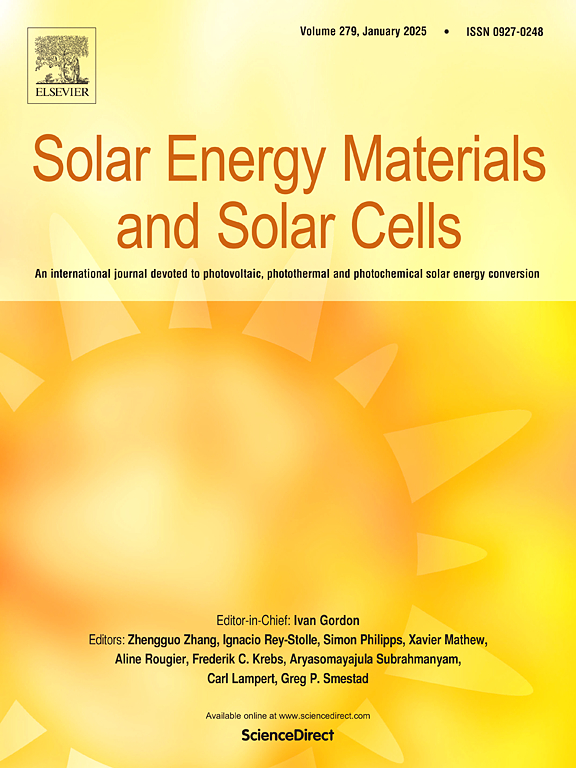Dual-chamber photocatalytic fuel cell utilizing ZIF-67/PPy composite for enhanced polyvinyl alcohol degradation
IF 6.3
2区 材料科学
Q2 ENERGY & FUELS
引用次数: 0
Abstract
A dual-chamber photocatalytic fuel cell (PFC) was constructed using commercial P25 TiO2 as the photoanode and a zeolitic imidazolate framework-67-polypyrrole (ZIF-67/PPy) composite as the cathode. The incorporation of ZIF-67 into PPy altered the cathodic oxygen reduction reaction from a 4-electron transfer route to a 2-electron pathway, with H2O2 as the primary product. Under irradiation, the ZIF-67/PPy composite outperformed both bare ZIF-67 and PPy cathodes, achieving the fastest degradation of polyvinyl alcohol (PVA) in both chambers and the highest photoelectrical conversion performance in the PFC. However, the absence of Fe3+ ions in the cathode chamber significantly hindered the degradation rate. Radical quenching tests confirmed the production of OH· radicals during the cathodic reaction, highlighting the role of the Fenton-like reaction between Fe ions and H2O2 generated from oxygen reduction reactions, alongside other oxidative species such as O2−· and h+ from the photocatalytic reaction. In summary, the novel ZIF-67/PPy composite cathode demonstrated excellent performance in wastewater purification, photoelectrical conversion, and long-term stability, making it a promising candidate for practical PFC applications.
求助全文
约1分钟内获得全文
求助全文
来源期刊

Solar Energy Materials and Solar Cells
工程技术-材料科学:综合
CiteScore
12.60
自引率
11.60%
发文量
513
审稿时长
47 days
期刊介绍:
Solar Energy Materials & Solar Cells is intended as a vehicle for the dissemination of research results on materials science and technology related to photovoltaic, photothermal and photoelectrochemical solar energy conversion. Materials science is taken in the broadest possible sense and encompasses physics, chemistry, optics, materials fabrication and analysis for all types of materials.
 求助内容:
求助内容: 应助结果提醒方式:
应助结果提醒方式:


